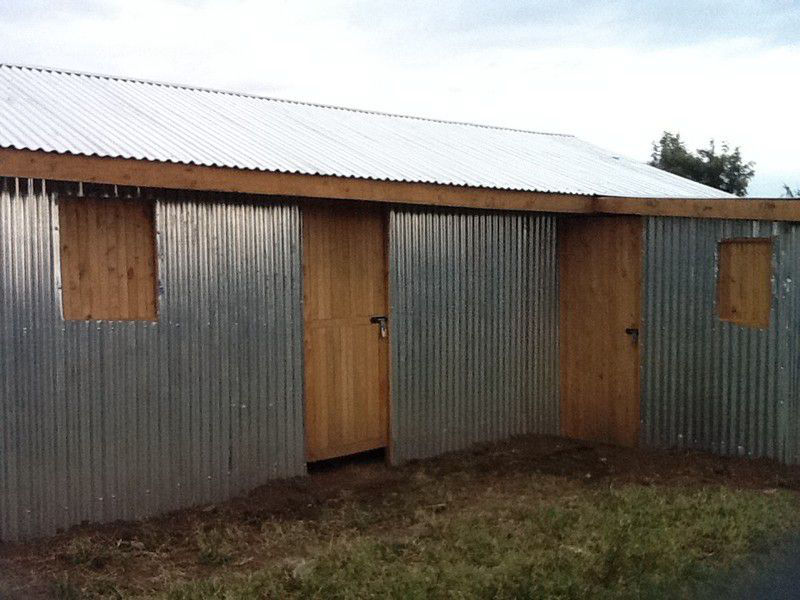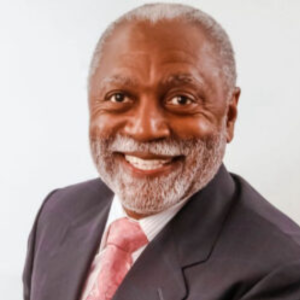
Project Africa
(All America Relieving Adversity Ministries Association) the objective of ARRAMA is “Empowerment”, non-profit organized April 2006
AARAMA Q & A
How did Nate Butler get involved in Foreign Missions?
I was introduced to the mission field by Pat Kelly (former profession baseball player, right field, for the Baltimore Orioles. I traveled domestically and internationally as the overall coordinator and leader of education for more than ten years
Tell us something about AARAMA
(All America Relieving Adversity Ministries Association) the objective of ARRAMA is “Empowerment”, non-profit organized April 2006
Why was it organized?
To implement and to set in motion tools that empower persons have a better quality of life after our departure.
How was it organized?
The USA pastors that were present with joined together to organize a nonprofit to facilitate the overall objective of “Empowerment”. AAARAMA is nonprofit registered in the State of Maryland
Where was it organized?
In Kenya after one the citywide gatherings
Is AARAMA just limited to Kenya?
No, we have reached into the Dominican Republic, Mexico, Guatemala, Ghana, Panama Canal, India, Jamaica and Haiti.
What is the diversity of the Team?
Whosoever will … we do provide mission awareness training. As most mission organizations, we utilize the gifts and talents that are already present in the Body of Christ.
How do you get Pastors introduced to the mission field?
Travelling to Africa, India, Germany, and Korea is quite a distance, so we have established short term vision mission trips at no cost to pastors. Typically just a couple hours off the coast of Florida you get a real sense of missions. Normally these trips are four days during the week. We have experienced amazing results! The pastors that have made these journeys have a totally different outlook on missions. They distribute food, wash feet, give new shoes, we have even baptized new believers in the river. Upon their return, they engage the membership to support foreign missions and many have made several trips with their members
How often do we go?
Once or twice a year.
When and where is the next sponsored trip?
Not yet determined
How are the trips funded?
Some investors have made it their mission to expose Pastors to Foreign Missions. In addition, Church organizations have supported us as well; the list is on the website.
MISSION TRIP
BUILDING HOMES
AARAMA connects thru Lott Carey with African American Baptist Mission Collaboration.
- Lambi (COED) Build & Service Team - September 20 - 27, 2014 -Jerusalem Baptist Church (Open to Others) - Register for this trip
- Lambi (COUPLES) Build & Service Team - October 18 - 25, 2014 - Register for this trip
- Lambi Build - Men on Missions - November 8 - 15, 2014 - Register for this trip
- Lambi (COED) Build & Service Team - November 15 - 22, 2014 - Mt. Olive Baptist Church - Register for this trip
- Lambi (COED) Build & Service Team - November 29 - December 6, 2014 - Register for this trip
AARAMA Partners – want to take a short term mission trip? Visit our partners
Lott Carey http://lottcarey.publishpath.com/short-term-missions
Great Commission Global Ministries http://www.gcgm.org/
Pan African Collective http://www.panafricancollective.com
AARAMA has committed to building homes for Internally Displaced Persons, to-date (June 2014) we have completed several home and more underway. The cost per home is: $1,500
Africa IDP (internally displaced person)
An internally displaced person (IDP) is someone who is forced to flee his or her home but who remains within his or her country's borders. They are often referred to as refugees, although they do not fall within the current legal definition of a refugee. At the end of 2006 it was estimated there were 24.5 million IDPs in some 52 countries. The region with the largest IDP population is Africa with some 11.8 million in 21 countries.[1]
There is no legal definition as there is for a refugee. However, a United Nations report, Guiding Principles on Internal Displacement uses the definition:
Internally displaced people (also known as DPRE in many civil and military organizations which assist) are people or groups of people who have been forced or obliged to flee or to leave their homes or places of habitual residence, in particular as a result of or in order to avoid the effects of armed conflict, situations of generalized violence, violations of human rights or natural or human-made disasters, and who have not crossed an internationally recognized State border.
While the above stresses two important elements of internal displacement (coercion and the domestic/internal movement) it is important to note that rather than a strict definition, the Guiding Principles offer “a descriptive identification of the category of persons whose needs are the concern of the Guiding Principles”. In this way, the document “intentionally steers toward flexibility rather than legal precision” as the words “in particular” indicate that the list of reasons for displacement is not exhaustive. However, as Erin Mooney has pointed out, “global statistics on internal displacement generally count only IDPs uprooted by conflict and human rights violations. Moreover, a recent study has recommended that the IDP concept should be defined even more narrowly, to be limited to persons displaced by violence. Thus, despite the non-exhaustive reasons of internal displacement, many consider IDPs as those who would be defined as refugees if they were to cross an international border hence the term refugees in all but name is often applied to IDPs.
It is very difficult to get accurate figures for IDPs because populations are constantly fluctuating: some IDPs may be returning home while others are fleeing, others may periodically return to IDP camps to take advantage of humanitarian aid. While the case of IDPs in large camps such as those in Darfur, western Sudan and Kenya are relatively well-reported, it is very difficult to assess those IDPs who flee to larger towns and cities.
It is necessary in many instances to supplement official figures with additional information obtained from operational humanitarian organizations on the ground. Thus, the 24.5 million figure must be treated as an estimate.]Additionally, most official figures only include those displaced by conflict or natural disasters. Development-induced IDPs often are not included in assessments.



